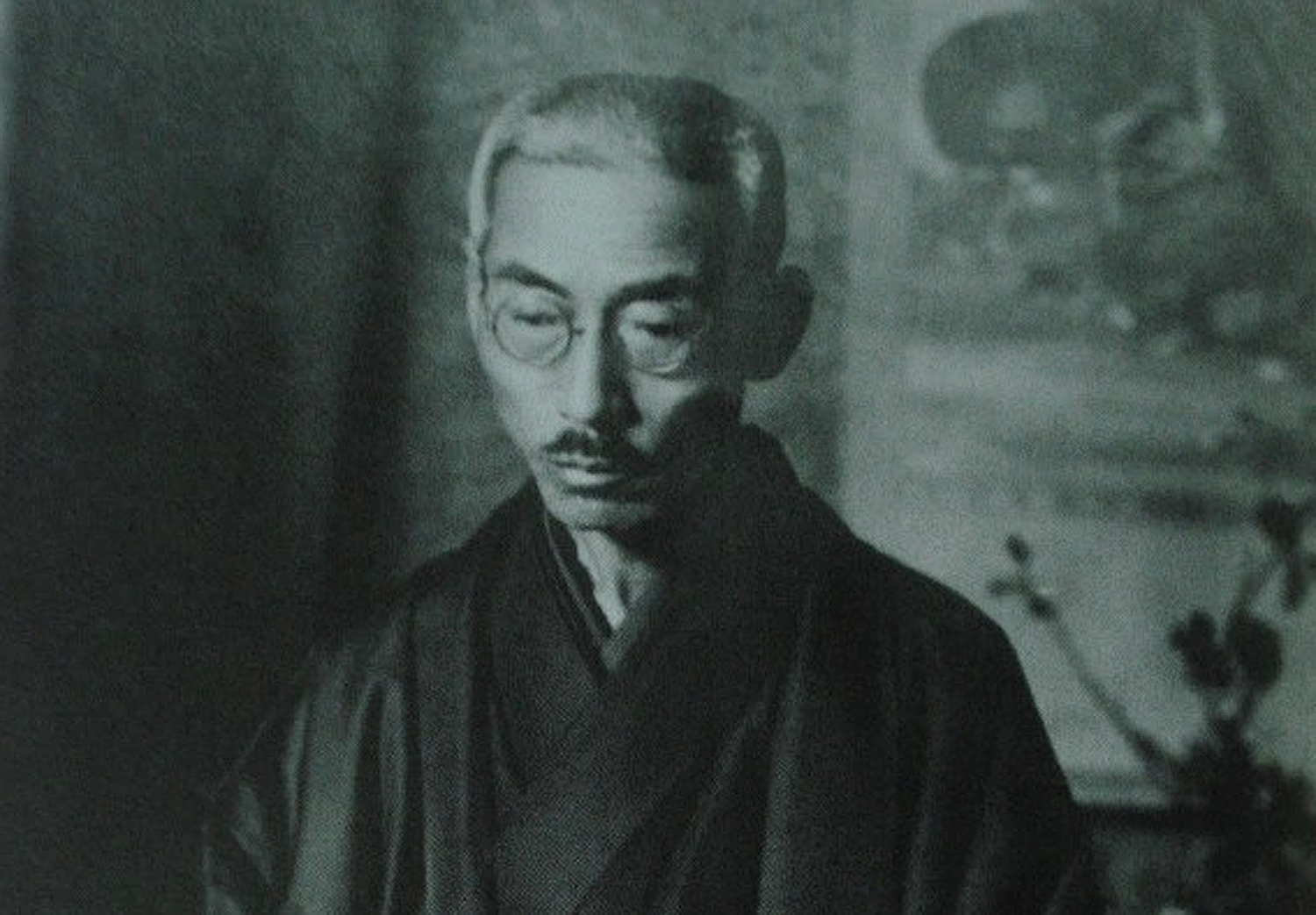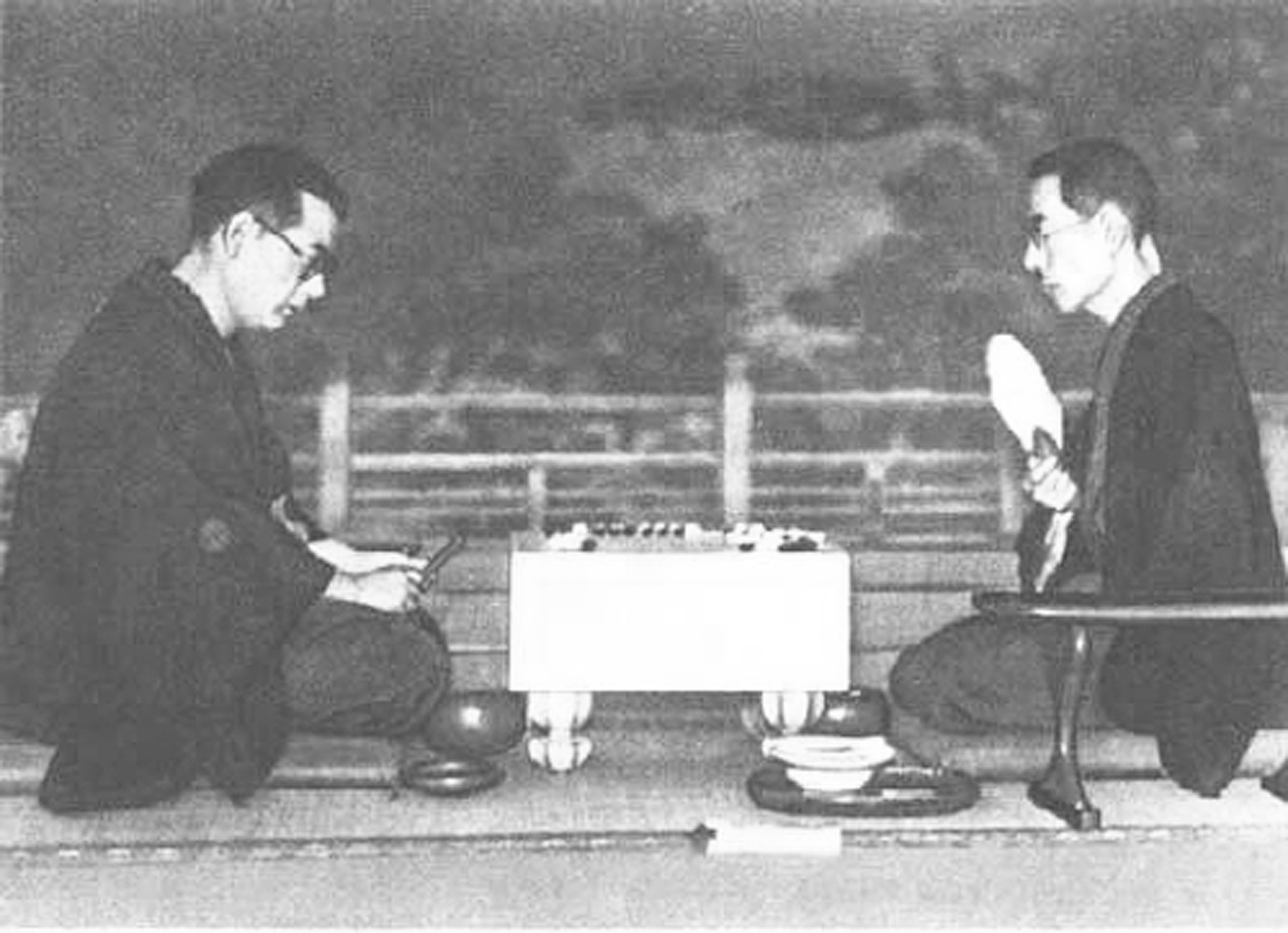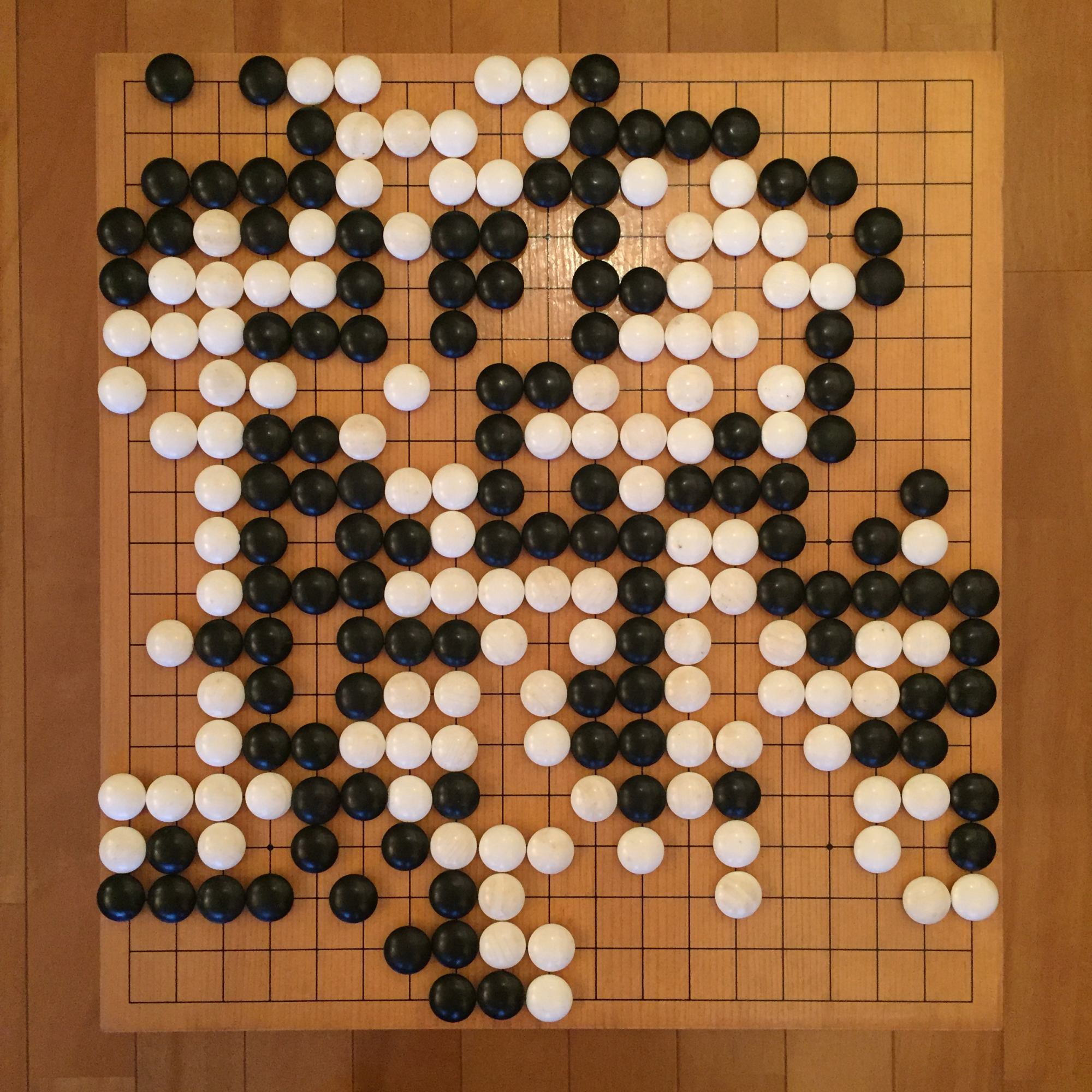
An exploration of the game at
the heart of ‘The Master of Go’
There's something
about go that lends itself to
narrative, and perhaps no book gets inside this better than Yasunari
Kawabata's
chronicle of a pivotal 1938 match that ended exactly 78 years ago today.
BY TYLER ROTHMAR STAFF WRITER
| The Chinese board game of go has fallen
in and out of fashion over the past 2,500 years. In China during the Han Dynasty (206
B.C.-A.D. 220), go was seen as a pastime for gamblers and layabouts,
but by the
1600s it had come to rank among the “four arts” in which gentlemen were
expected to be proficient. In Japan, it became the pursuit of warriors
and the
aristocracy from as early as the 8th century. Today the game is rich in
lore,
and stories of encounters on and around the board abound. In 1835, for example, in what came to be
known as the “blood-vomiting game,” discord between rival go maestros
led one
ailing pupil to provoke his teacher’s nemesis. The match took just over
a week
and eroded the young challenger’s health to the point that, upon
losing, he
spat up blood on the board — and died two months later. There’s something about go that lends itself to narrative, and perhaps no book gets inside this better than Yasunari Kawabata’s chronicle of a pivotal 1938 match. “Meijin” (“The Master of Go”) is also the only one of his novels he considered to be finished. The battle at its center ended exactly 78 years ago today. |
|

Slow war: Minoru Kitani (left) faces off
Honinbo Shusai in 1938
The last Honinbo
The monthslong contest ended on Sunday, Dec. 4, 1938, at
a ryōkan (traditional
inn)
in the coastal town of Ito, Shizuoka Prefecture. The two men, Honinbo
Shusai
playing white and Minoru Kitani playing black, agreed to see out the
last moves
of what had become a much-debated and closely followed match.
A newspaper, the Tokyo Nichinichi
Shimbun, now called the Mainichi Shimbun, had sponsored the competition
to spur
sales and sent Kawabata — then 30 years away from winning the Nobel
Prize — to
report on it. His missives were serialized in the paper, becoming
popular even
among people who didn’t know how to play. In 1954, “Meijin” was
published,
based on his reporting and experiences.
The match was extraordinary for several
reasons, not least because it took nearly six months to complete. In
the end,
the champion of the old style of play was toppled by one of the
vanguard’s
young spearheads — it was the end of an era.
Beginning in 1612, a state-sponsored
system gave rise to four dynastic go schools, of which the Honinbo were
by far
the strongest. Government patronage ended with the Edo Period
(1603-1868), but
some of the old schools persisted. Shusai, the man at the center of
Kawabata’s
account, was the last of the Honinbo.
Shusai also held the title of meijin (master).
He chose to sell his Honinbo title to the Japan Go Association before
retiring
in 1936, effectively ending his line, but he was coaxed into a final
match in
1938 by the Nichinichi for a price.
As Kawabata notes, Shusai’s moniker,
“invincible,” was at odds with his frail frame and weak constitution
(he had a
heart condition). At one point, Kawabata quotes a doctor as saying that
Shusai
had “a body like an undernourished child.” But he was still meijin, and
was
regarded as the strongest living player at the time. On the other side
of the
board was Kitani, to whom Kawabata gives the fictional name “Otake.”
Among the few similarities between go
and chess is the frequent use of opening patterns, scripted dances that
precede
creative play. By the early 20th century, these had become somewhat
calcified
and dogmatic, and Kitani, along with his famous contemporary Go Seigen
(referred to in the book by his Chinese name, Wu), were leading a new
wave of
innovation in the opening game. Seigen had faced Shusai in a 1933 match
dubbed
“The Game of the Century,” but was beaten after trying a radical
opening.
The levity of Kawabata’s fictionalized version of Kitani — he cracks jokes, drinks tea relentlessly and forever excuses himself to use the facilities — belies a ruthless, ironclad will on the board. He’d won a yearlong tournament to determine who would face Shusai in the 1938 match, besting two of his teachers in the process, and was determined not to lose.

Throwing stones
“The game of Go is simple in its
fundamentals and infinitely complex in the execution of them,” writes
Edward G.
Seidensticker in the introduction to his 1972 translation of “The
Master of
Go,” and appreciation of the book increases with understanding of the
game.
In 1996, Russian grandmaster Garry
Kasparov lost his first chess game against IBM’s Deep Blue
supercomputer. In
chess, there are only a handful of effective moves at any given time,
and Deep
Blue had the computational brawn to map out likely permutations before
choosing
the best one. Go, by contrast, is played on a much larger board with an
exponentially larger number of permutations. The possibilities are
essentially
endless, and artificial intelligences have only recently become able to
beat the
strongest humans using a rudimentary kind of intuition.
In go, all 361 points of the board start
off open. Players, taking either black or white, place stones in turn
with the
aim of surrounding more empty points than their opponent. While the
goal is to
surround territory, it is also possible to surround enemy stones, which
are
then removed from the board as prisoners.
There are deep connections between go
and military strategy, and many ways to conduct a campaign. Some
players love
to fight from the outset, while others seek to fortify and expand their
positions incrementally without being dragged into a close-quarters
scrap early
in the game.
These are the kinds of terms in which go
is discussed, and close study of the game will reveal a broad lexicon
and a
wealth of cryptic maxims and proverbs about patterns on the board —
“Big
dragons never die,” for example, or “Nets are better than ladders.”
To put yourself in the mind of a player,
look at the empty board and imagine it’s your turn. Where would you go?
Kitani
began in the corner. Now imagine you’re the master, playing white. Do
you build
your keep at a safe distance, or set a collision course by making camp
nearby?
Once played, a stone resonates, exuding
influence so that it becomes hard to imagine the board without it. As
multiple
conflicts rage simultaneously in different areas, timing becomes
critical and
moves take on various flavors. This is what Kawabata means when he
writes,
“Black 69 was like the flash of a dagger … a diabolic stroke.” The
response,
White 70, is “a brilliant holding play.”
“But one may say too that the
64-year-old Master, gravely ill, played well to beat off violent
assaults from
the foremost representative of the new regulars,” writes Kawabata of
Shusai’s
eventual loss.
The master never recovered; his health
failed and he died a year later. Kawabata’s account jumps forward and
backward
in time between hushed moments in well-appointed rooms, where the two
men are
either waging war on the board or attempting to rest between battles.
At its core, “Meijin” is an exploration
of a larger moment when the traditions of the Edo Period gave way to
the
radical changes of the 20th century.
To
boldly go
Reading Kawabata, it’s hard not to
wonder what he, or Shusai, might have thought about the latest wave of
change
to rock the go world. On Nov. 23, Cho Chikun, a highly respected go
master, won
two games in a best-of-three match with DeepZenGo, an AI developed in
Japan. As
a young prodigy Cho had been the student of none other than Kitani and,
with
his victory, many in the go community breathed a sigh of relief.
In a surprise upset in March, Google
DeepMind’s AlphaGo AI won four of five games against Lee Sedol —
arguably the
best go player alive — and Cho’s victory went some way toward evening
the score.
“I felt as if I was playing with a
human, because DeepZenGo has both strong and weak points,” Cho said
after the
encounter.
Just as the innovations of Kitani and
his peers breathed fresh air into the game in the ’30s, advances in AI
are
introducing new possibilities today.
In its second game against Lee, the
AlphaGo AI stunned observers with a brilliant move that, by its own
estimation,
no human player would have chosen. Lee’s jaw actually dropped, he had
to leave
the room — and went on to lose the game. Revenge came in the form of
Lee’s Move
78 in the fourth game, now known as “God’s Touch,” which staggered
AlphaGo. The
machine made a series of erratic plays before resigning, handing Lee
his only
victory in the series.
The import of these advances is
thrilling, and professionals who have faced AIs say the experience
opened their
eyes to new kinds of play, raising the question: What could be next?
On the anniversary of the pivotal 1938
game that Kawabata immortalized, it’s exciting to ponder what the
future holds
for go — a game that has been at the center of so much human drama and
has now
become a forum for testing machine intelligence.
In March, a Chinese team working on
their own go AI announced plans to pit their machine against AlphaGo.
It seems the
possibilities really are endless.
To
view a move-by-move recreation of the 1938 game, visit bit.ly/2gc3igo and click through each play with the arrows.
Thank you for this most interesting and
informative article...Even before the Han Dynasty, board games were
viewed with
at best ambivalence. Confucius may or may not be referring to go, but
he
denounces the genre as a whole as a terrible waste of time...In
Kawabata's
novel, a go-playing foreigner appears, disapprovingly described, as I
remember,
for his poor etiquette. (Kawabata's fictional foreigners are
consistently
disagreeable.) I play go myself--but very badly, though I used to play
a
computer version, back when playing outrageously, violating all the
conventions,
would so throw off the program that i could win...It seems those days
are long
gone.
